PWP :巴兰加罗保护区是重建“俱乐部海角”岬角,恢复了悉尼港的视觉地理。采用业界首创的技术,一个具体的集装箱港口重新生长为自然主义的岩石露头岬角公园,拥有超过7.5万种植在悉尼地区。在地貌学研究,历史地图和早期绘画的指导下,岬角的设计包括从现场直接挖掘的10,000个砂岩块建造的前滨。行人和自行车路径被称为“1836 Wall”的低一米宽的砂岩墙隔开,原始的前殖民地海岸线的象征性标志。
PWP :Barangaroo Reserve is the re-creation of a “Club Cape” headland that restores the visual geography of Sydney Harbor. Using industry-first technology, a concrete container port was reborn as a naturalistic rocky outcrop headland park, with more than 75,000 plantings native to the Sydney region. Guided by geomorphologic studies, historical maps, and early paintings, the design of the headland includes a foreshore constructed from 10,000 sandstone blocks excavated directly from the site. Pedestrian and bicycle pathways are separated by a low, one-meter-wide sandstone wall known as the “1836 Wall,” the symbolic marking of the original pre-colonial shoreline.
所有现有材料现场重新使用、回收利用,包括集装箱港口的混凝土沉箱和沥青公里以及北湾挖掘的材料。隐藏在人造岬角下方的“Cutaway”是通过砂岩挖掘作业形成的超大型空洞,具有足够的灵活性,能够举办艺术展览,音乐表演或未来的原住民文化中心。一个多世纪以来,曾经疤痕red is的海角,现在与姐妹岬角视觉重聚,标志着这座城市最古老的工业园区之一转变为现代化改造其更可持续的过去。
Selected to participate in the Clinton Global Initiative and the One Planet Living program, Barangaroo Reserve kept the highest ecological goals always in sight. All existing materials were reused on-site and recycled to form the headland, including the kilometer of concrete caissons and asphalt from the container port and materials excavated from the Northern Cove. Hidden beneath the artificial headland, the Cutaway is a super-sized void formed through sandstone excavation operations and flexible enough to host art exhibitions, music performances, or a future Aboriginal Cultural Center. After more than a century, the once-scarred promontory is now visually-reunited with its sister headlands, marking the transformation of one of the city’s oldest industrial sites into a modern reinvention of its more sustainable past.
▼平面图 Plan
更多 Read more about:PWP


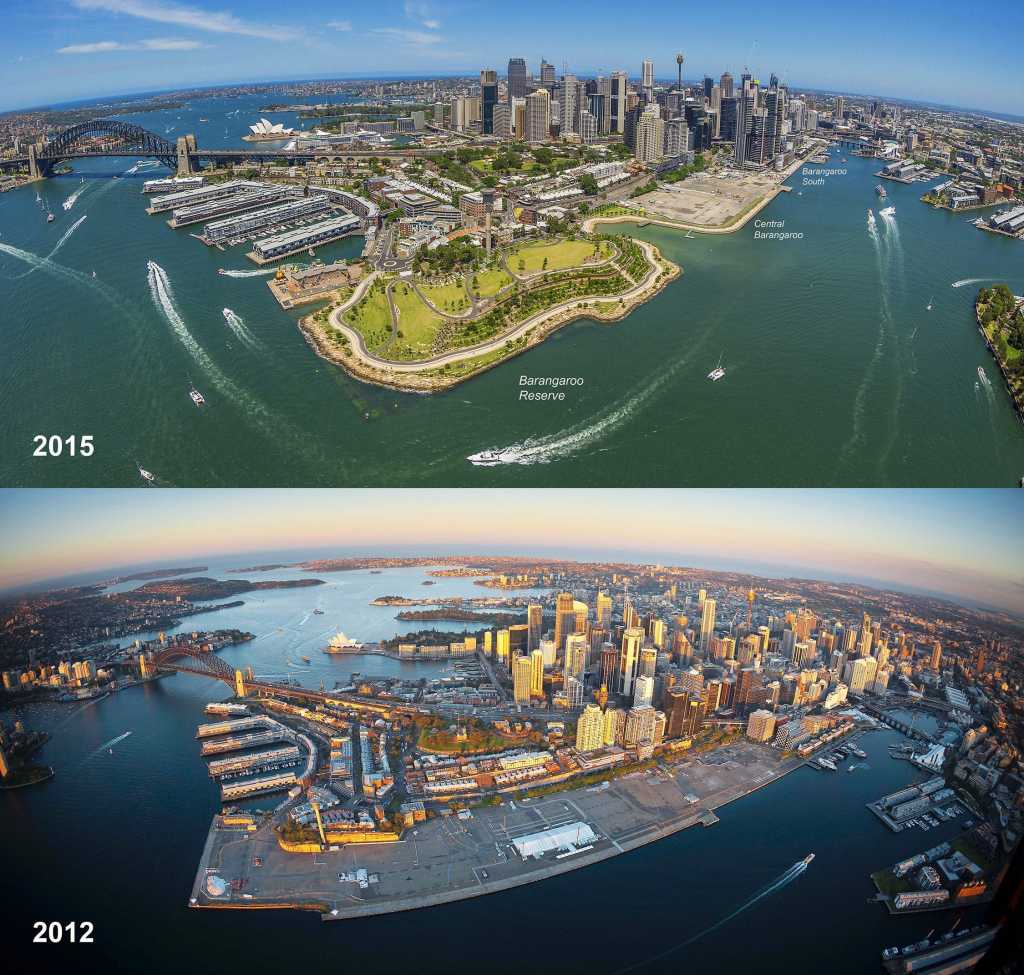

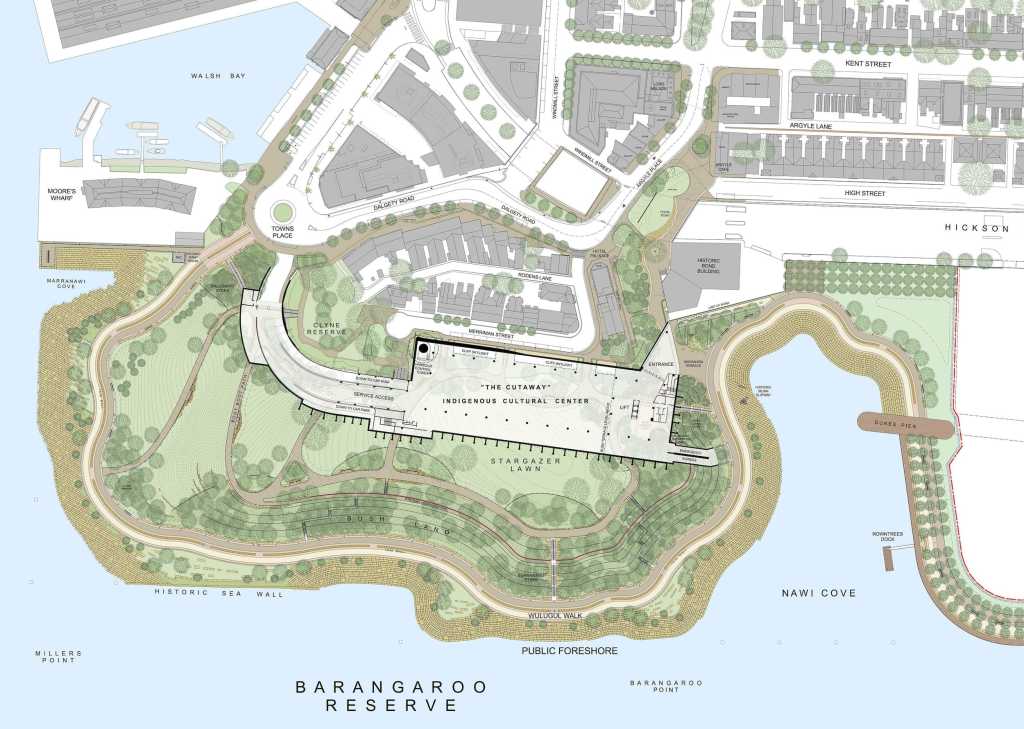

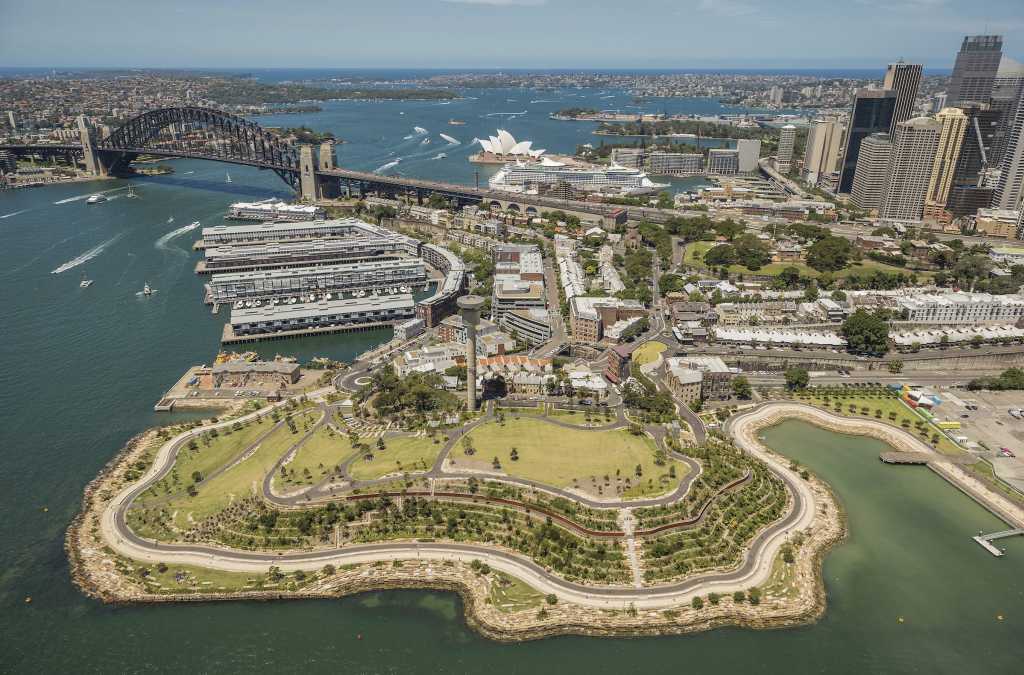
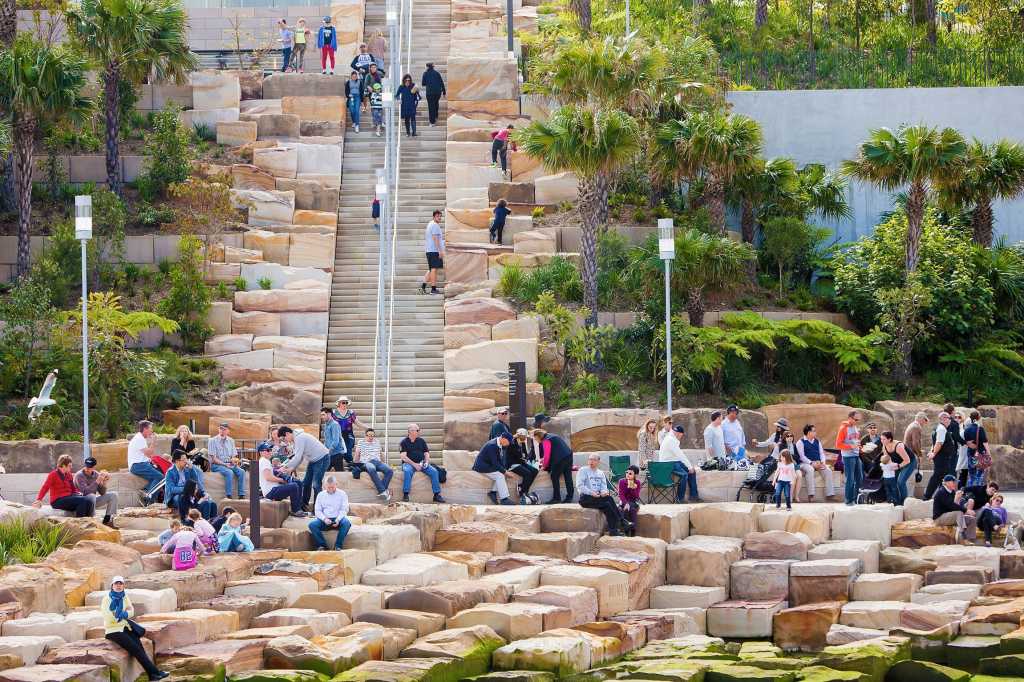




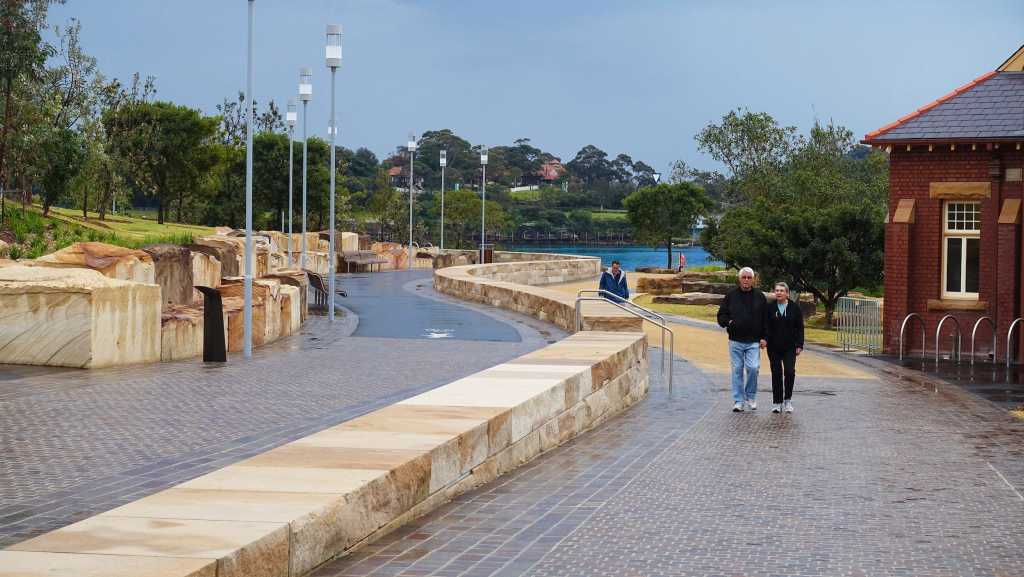

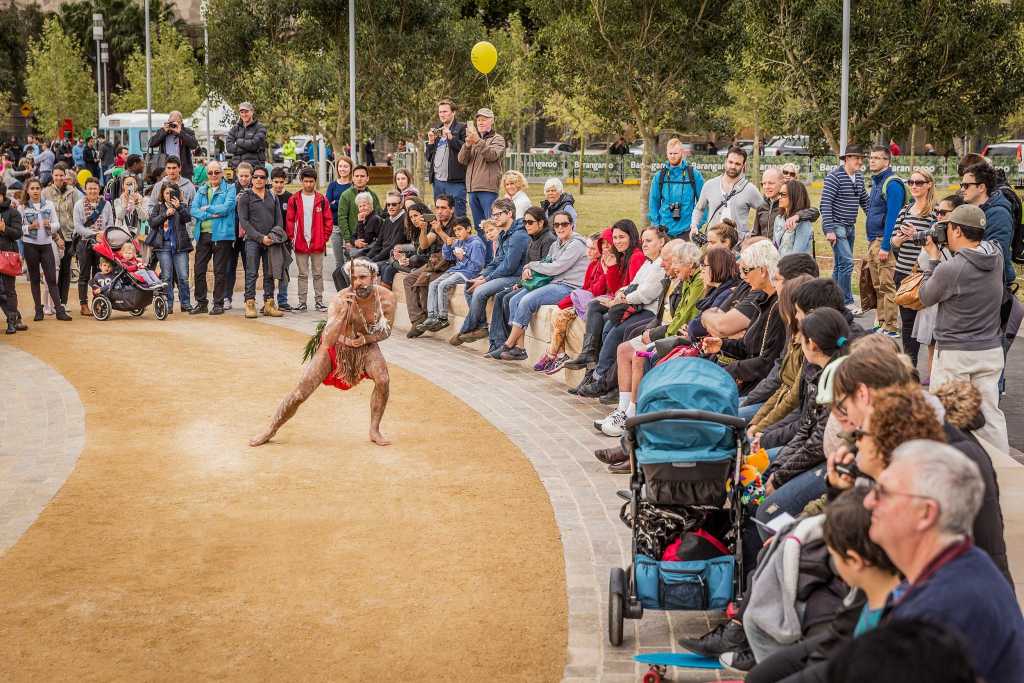





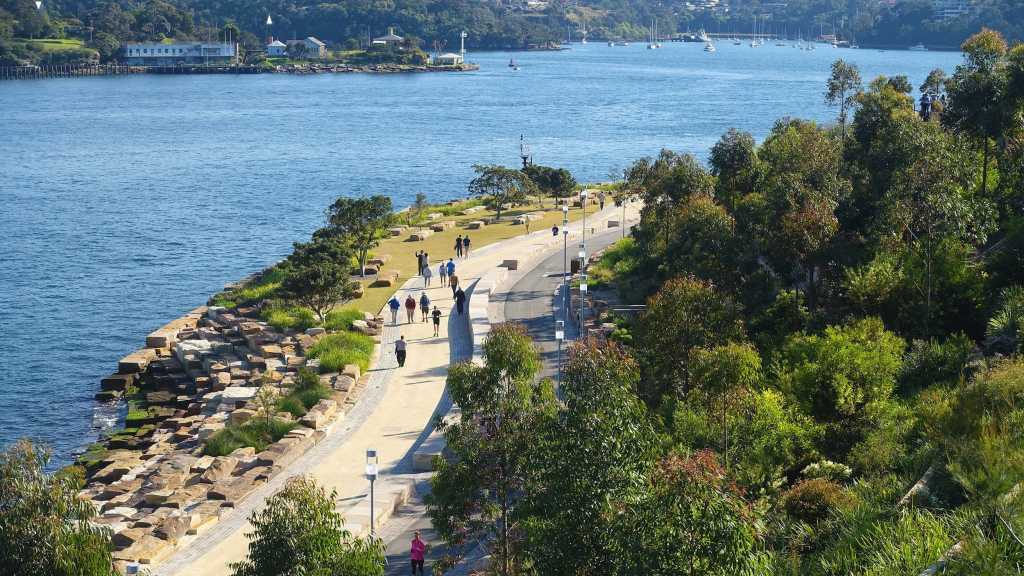






长阶梯中间的灯杆感觉不舒服 很压抑 可能用灯带更舒服些。
青铜教王者对兵线